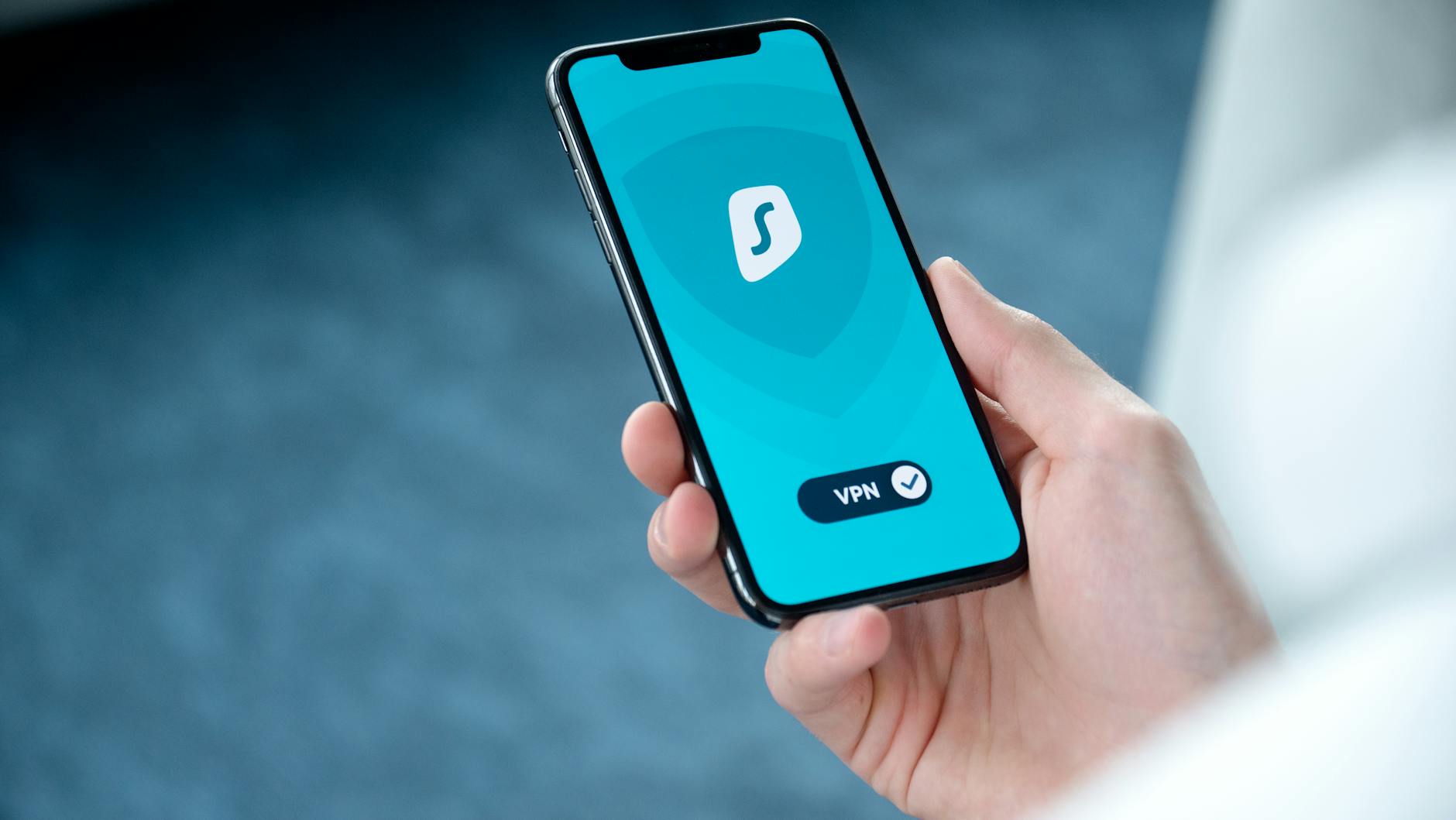In the digital age, our smartphones hold a wealth of personal information, making them susceptible to various cyber threats. Understanding and managing app permissions is crucial for boosting your phone security. With the rise in privacy concerns and data breaches, it’s more important than ever to take control of the permissions you grant to apps on your device. This guide will walk you through the essential steps to enhance your phone’s security by managing app permissions effectively.
Understanding App Permissions
When you download and install an app on your phone, you are often prompted to grant certain permissions to the app. These permissions allow the app to access specific features or information on your device. While some permissions are necessary for the app to function properly, others may be excessive and pose a risk to your privacy and security.
Types of App Permissions
There are several types of permissions that apps may request, including access to your camera, microphone, location, contacts, photos, and more. It’s important to review these permissions carefully before granting access to ensure that the app only has access to the information it needs to operate.
How to Manage App Permissions
Most smartphones offer built-in tools that allow you to manage app permissions easily. To access these settings on your device, go to the app settings or privacy settings. From there, you can view a list of installed apps and the permissions they have been granted. You can revoke or modify these permissions as needed to enhance your phone’s security.
Tips for Boosting Phone Security with App Permissions
1. Regularly Review App Permissions: Make it a habit to review the permissions granted to each app on your phone. Remove any permissions that are unnecessary or excessive.
2. Limit Location Sharing: Be cautious when granting location permissions to apps. Consider whether the app truly needs access to your location or if it can function without this information.
3. Update Apps Regularly: Keep your apps updated to ensure that they have the latest security features and patches. Updated apps are less vulnerable to security threats.
4. Avoid Unknown Sources: Only download apps from trusted sources such as the Google Play Store or Apple App Store. Avoid installing apps from unknown sources that may compromise your phone’s security.
5. Use App Permissions Wisely: Be mindful of the permissions you grant to apps. If an app requests unnecessary permissions, consider finding an alternative app that respects your privacy and security.
Conclusion
By understanding and managing app permissions effectively, you can significantly enhance your phone’s security and protect your personal information from cyber threats. Taking control of the permissions you grant to apps is a proactive step towards safeguarding your digital privacy. Stay vigilant, review app permissions regularly, and prioritize your security when using your smartphone. With these simple yet effective measures, you can boost your phone security and enjoy a safer digital experience.



